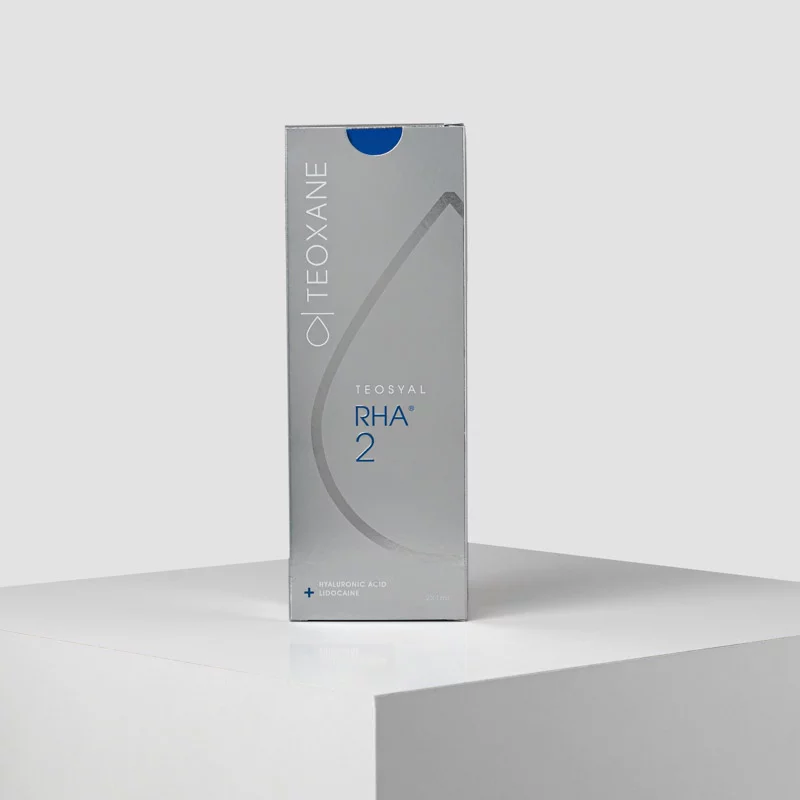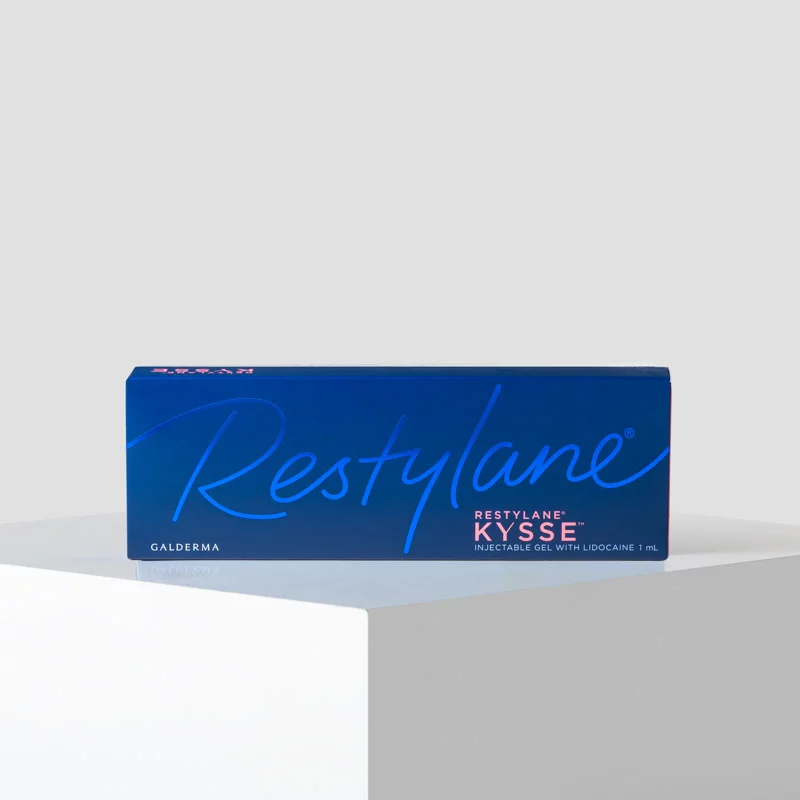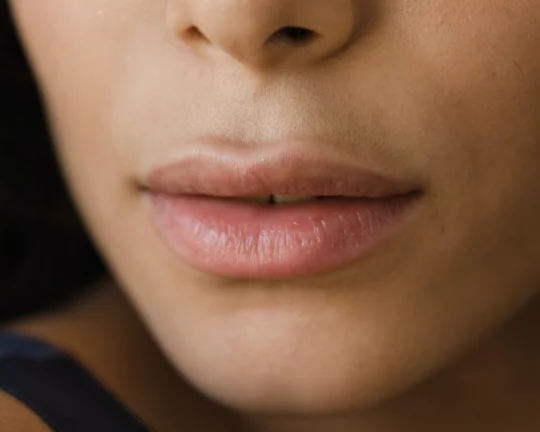- Home
- Offers
- Exosomes
- Polynucleotides
-
Brands
-
Manufacturers
- Fillers
- Treatment Areas
- Biostimulators
- Skin Boosters
- Mesotherapy
- Body
- Devices
- Threads
- Needles
- Cannulas
- Cosmetics
- Library
- Academy
- Blog
- Medical Advice
- e-FILLERS Before + After Studio
- About us | Contact
-

- Author e-FILLERS Team
- Nov 5th, 2025
Lip Fillers vs. Lip Boosters: What’s the Difference?
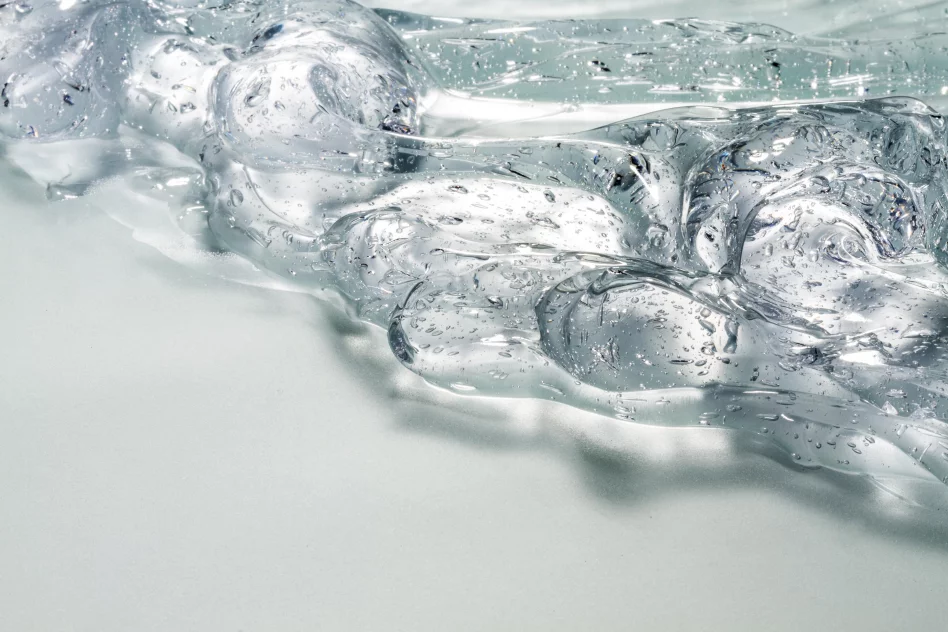
In aesthetic medicine, enhancing the lips is one of the most requested procedures. However, not all treatments are the same. Patients often hear terms like lip fillers and lip boosters — and although they both improve lip appearance, they serve different purposes. Understanding the difference helps practitioners choose the right approach for each patient.
What Are Lip Fillers?
Lip fillers are injectable products, usually made of cross-linked hyaluronic acid (HA), designed to add volume, definition, and shape to the lips.
Key Features:
Composition: Primarily cross-linked hyaluronic acid with varying levels of elasticity and firmness. Some formulas contain lidocaine for patient comfort.
Main Purpose: Increase lip volume, enhance contour, define the Cupid’s bow, or correct asymmetry.
Longevity: 6–12 months depending on brand, injection technique, and patient metabolism.
Examples of Use:
Russian lips or heart-shaped lips
Restoring age-related volume loss
Balancing uneven lips
Enhancing the philtral columns
Best For:
Patients who want visibly fuller lips or structural enhancement.
What Are Lip Boosters?
Lip boosters are lighter formulations, often non-crosslinked or very gently crosslinked HA-based products designed to hydrate the lips rather than add volume.
Key Features:
Composition: Non-crosslinked HA, amino acids, vitamins, peptides or polynucleotides for cellular hydration and regeneration.
Main Purpose: Improve lip moisture, texture, and elasticity. They do not significantly change the lip size.
Longevity: 3–6 months; results are subtle and natural.
Examples of Use:
Dry or chapped lips
Fine lines around the lips (“barcode lines”)
Preparing lips before filler injections
Enhancing natural pink color and smoothness
Best For:
Patients who want a natural, hydrated, glossy lip appearance without increasing volume.
Key Differences at a Glance
Feature | Lip Fillers | Lip Boosters |
Purpose | Volume, shape, contour | Hydration, texture, natural glow |
Composition | Cross-linked HA | Non-crosslinked or lightly crosslinked HA, skin nutrients |
Effect | Visible enhancement | Subtle improvement |
Duration | 6–12 months | 3–6 months |
Ideal For | Thin lips, asymmetry, contouring | Dehydrated or aging lips, natural look |
Downtime | Mild swelling or bruising possible | Minimal downtime |
Can They Be Combined?
Yes — many professionals combine both treatments for optimal results.
Two Common Approaches:
Lip Booster First, Filler Later:
Hydrates and improves lip elasticity, allowing smoother filler placement.Filler First, Booster as Maintenance:
Fillers for structure; boosters to maintain softness and hydration over time.
Who Should Avoid Each Treatment?
Situation | Recommendation |
Active herpes infection, severe allergy, autoimmune disease | Postpone both treatments |
Very thin skin or smoker’s lines | Lip booster is safer initially |
Patient wants immediate volume | Lip filler is the only effective option |
Patient fears artificial look | Start with lip boosters or minimal filler |
Final Thoughts
Lip fillers and lip boosters are not competing treatments — they serve different purposes. Fillers sculpt and volumize; boosters hydrate and rejuvenate. The best results often come from a personalized combination based on lip anatomy, patient expectations, and skin quality.

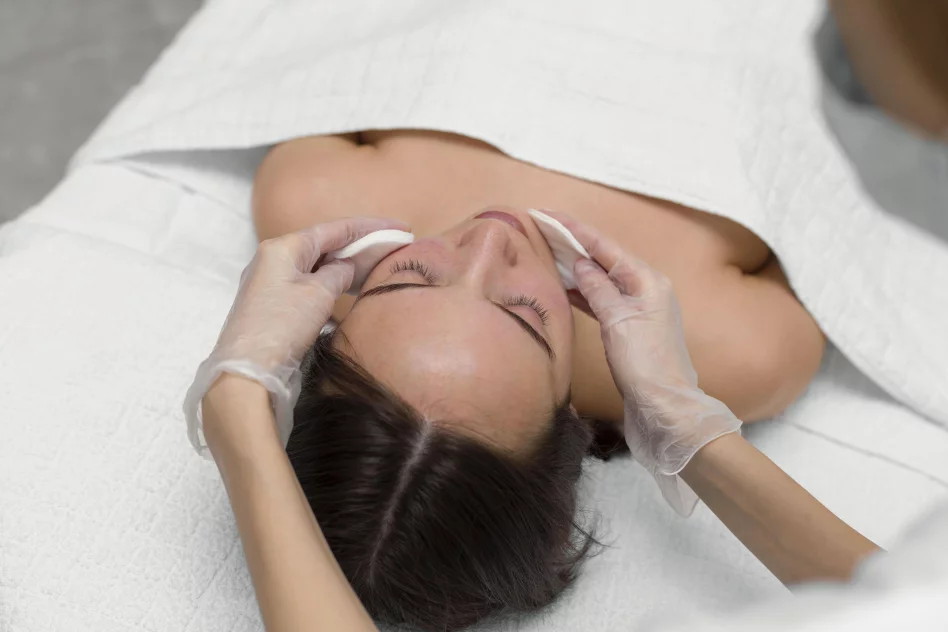
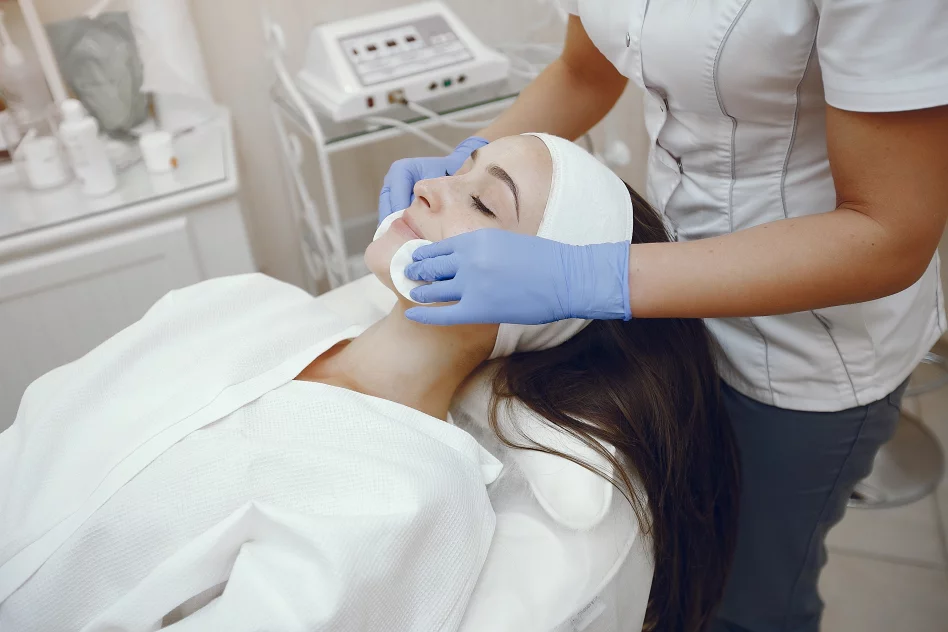
.webp)

